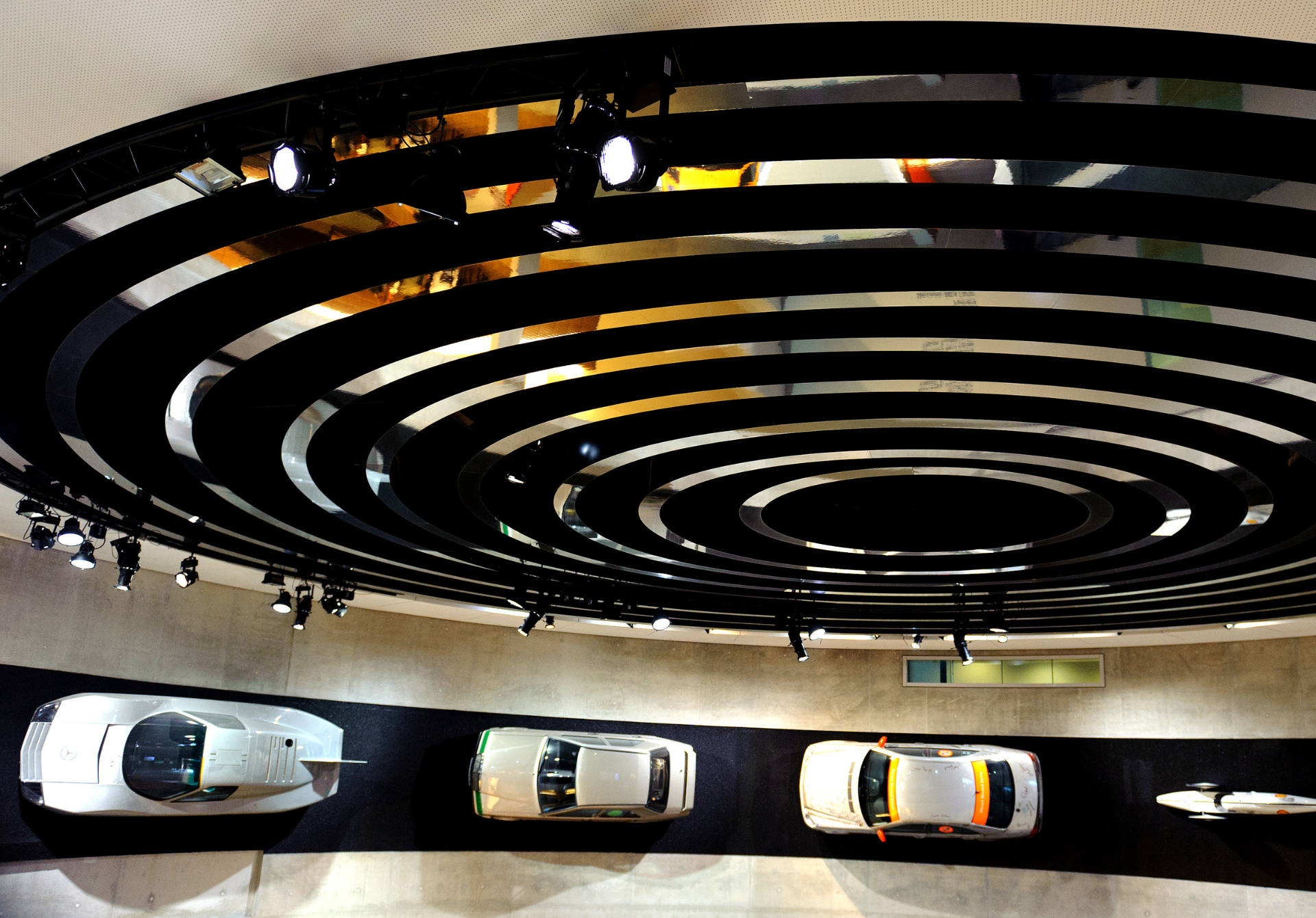When clients mention Stuttgart, savvy tourism professionals immediately think of two automotive legends: Mercedes-Benz and Porsche. While both museums deserve attention, the Porsche Museum offers a uniquely intimate and thrilling experience that can transform any automotive enthusiast’s trip to Germany. As someone who regularly arranges bespoke experiences for discerning travelers, understanding what makes this museum special is crucial for creating unforgettable itineraries.
Why the Porsche Museum Should Be on Every Stuttgart Itinerary
Located in the heart of Stuttgart-Zuffenhausen, the Porsche Museum serves to present the fascinating thrill and diversity of the Porsche brand to visitors from all over the world. What sets this museum apart isn’t just its collection—it’s the emotional journey it creates. Unlike larger, more clinical automotive displays, the Porsche Museum feels personal, almost like stepping into Ferdinand Porsche’s private garage where history was made.
The museum’s architectural design itself tells a story. The building appears to float above the ground, supported by just three massive concrete pillars—a bold engineering statement that mirrors Porsche’s innovative spirit. This isn’t just a museum; it’s a temple to automotive excellence that immediately signals to visitors they’re about to experience something extraordinary.
What Your Clients Will Experience
Experience the history of Porsche up close and personal. Discover legendary racecars, fascinating standard-production vehicles and unusual studies in the Porsche Museum. The permanent collection spans over 80 vehicles across 5,600 square meters, but it’s the storytelling that captivates visitors.
The journey begins with Ferdinand Porsche’s early work and the development of the iconic 911, then winds through decades of racing heritage, including legendary Le Mans winners and Formula 1 cars. What makes this particularly engaging for tourists is how the exhibits connect Porsche’s innovations to broader cultural moments—showing how cars like the 356 Speedster became symbols of freedom in 1950s America, or how the 911 Turbo defined 1980s excess.
Practical Planning Information for Tourism Professionals
Smart concierges know that timing can make or break a client’s experience. Consider visiting the nearby Mercedes-Benz Museum for a comprehensive automotive experience, but plan this carefully—attempting both museums in one day often leads to fatigue and diminished appreciation.
Here’s what works best for client scheduling:
- Optimal Visit Duration: Allocate Time: Spend at least 2 hours minimum for a meaningful experience, though true enthusiasts will want 3-4 hours
- Best Times: It is advisable to buy the discounted tickets at 16:00 because in 2 hours you can travel comfortably—afternoon visits often provide better pricing and smaller crowds
- Accessibility: It is just off the subway, so it is very comfortable to get there, making it easy to incorporate into broader Stuttgart itineraries
- Audio Guides: Ticket includes: Skip the line access, Porsche Museum entrance, Ongoing Exhibitions, Resident Exhibition, Audio Guide
Managing Client Expectations
Honest feedback helps set realistic expectations. A great insight into the history of Porsche from the very first up to the most modern including prototypes and Le Mans racing cars, however it’s not without its flaws. Some visitors note that the shop is too small and the range available is limited, which can disappoint clients expecting extensive merchandise options.
For clients used to larger museums, prepare them for a more curated experience. The Mercedes museum is spectacular next to deceste. It is small and there is not much order in the visit is feedback from visitors expecting the scale of Mercedes-Benz Museum. However, this intimate scale is exactly what makes the Porsche Museum special—it feels exclusive rather than overwhelming.
Maximizing the Stuttgart Automotive Experience
Stuttgart’s unique position as home to both Porsche and Mercedes-Benz creates incredible opportunities for automotive tourism. Two of the most famous car museums in the world are located in Stuttgart, Germany, making it a must-visit destination for car enthusiasts globally.
Consider these strategic combinations for different client types:
- For Racing Enthusiasts: Pair the Porsche Museum with a visit to the nearby Porsche factory (advance booking required) for behind-the-scenes production insights
- For Luxury Travelers: Combine both museums with stays at automotive-themed hotels and arrange for luxury vehicle transfers between locations
- For Cultural Tourists: Integrate the museum visits with Stuttgart’s broader cultural offerings, including the State Opera and Wilhelma Zoo
Creating Memorable Experiences Beyond the Standard Visit
Premium tourism is about creating moments that clients remember years later. The Porsche Museum offers several opportunities for elevated experiences that justify higher service fees and create lasting client relationships.
Consider arranging private tours during off-hours, which provide unprecedented access and photo opportunities. The museum’s event spaces can also be rented for exclusive client dinners or corporate events, creating truly unique Stuttgart memories.
For the ultimate luxury experience, coordinate museum visits with track days at nearby circuits or arrange for clients to drive iconic Porsche models through the Black Forest—experiences that transform a simple museum visit into a week-long adventure.
Key Takeaways for Tourism Professionals
The Porsche Museum Stuttgart represents more than just another tourist attraction—it’s a gateway to automotive passion that can anchor entire Stuttgart itineraries. Success lies in understanding that this isn’t about checking boxes on a sightseeing list; it’s about creating emotional connections to one of the world’s most beloved automotive brands.
Smart tourism professionals will position the museum as part of broader Stuttgart experiences while managing expectations about its intimate scale compared to larger automotive museums. The key is matching client interests with the museum’s storytelling strengths, whether that’s racing heritage, engineering innovation, or cultural impact.
Remember that the real value proposition isn’t just the cars on display—it’s the opportunity to understand how a small German company became a global icon of performance and prestige. When positioned correctly, the Porsche Museum becomes not just a destination, but a transformative experience that justifies premium service fees and creates clients for life.
Most importantly, the museum works best when integrated thoughtfully into broader Stuttgart experiences rather than treated as a standalone attraction. This approach maximizes client satisfaction while positioning you as a knowledgeable professional who understands the nuances of luxury automotive tourism.

